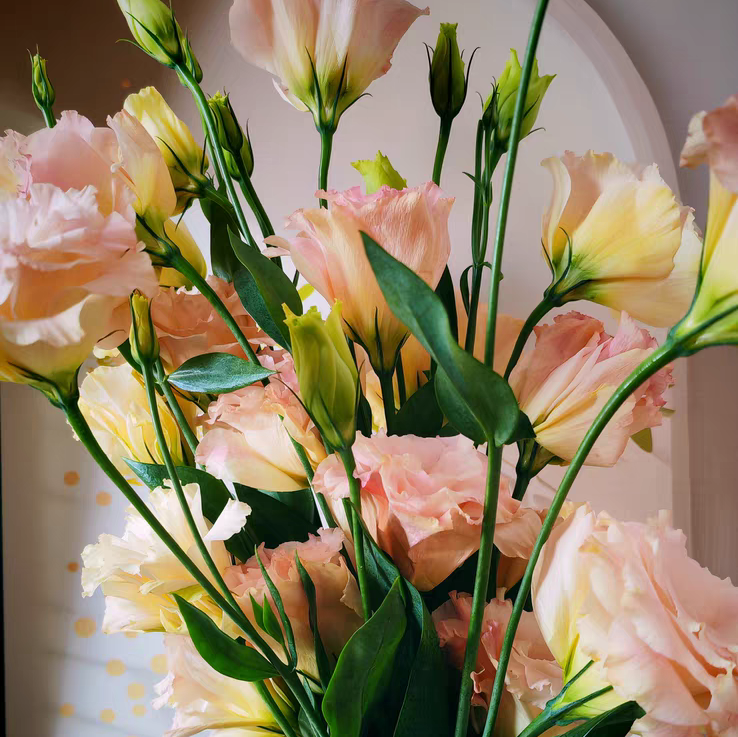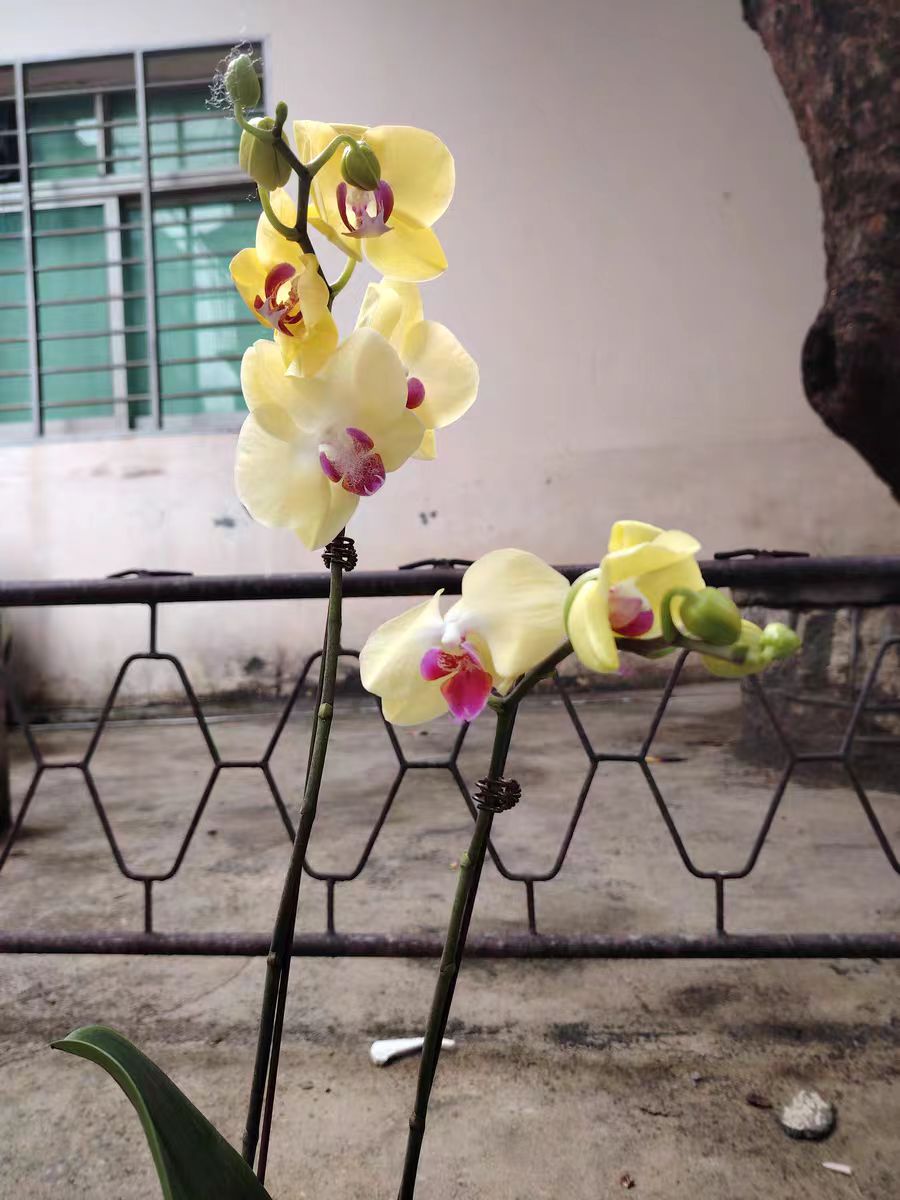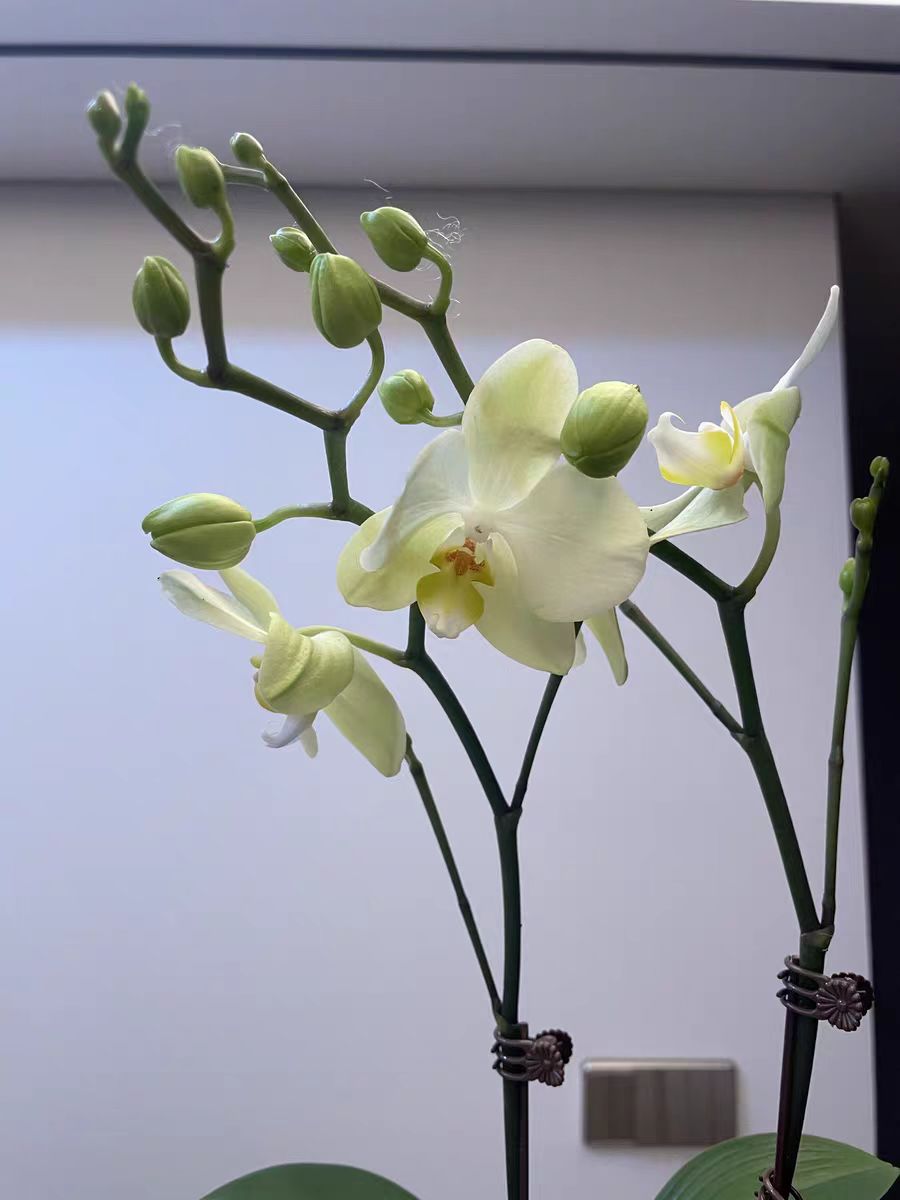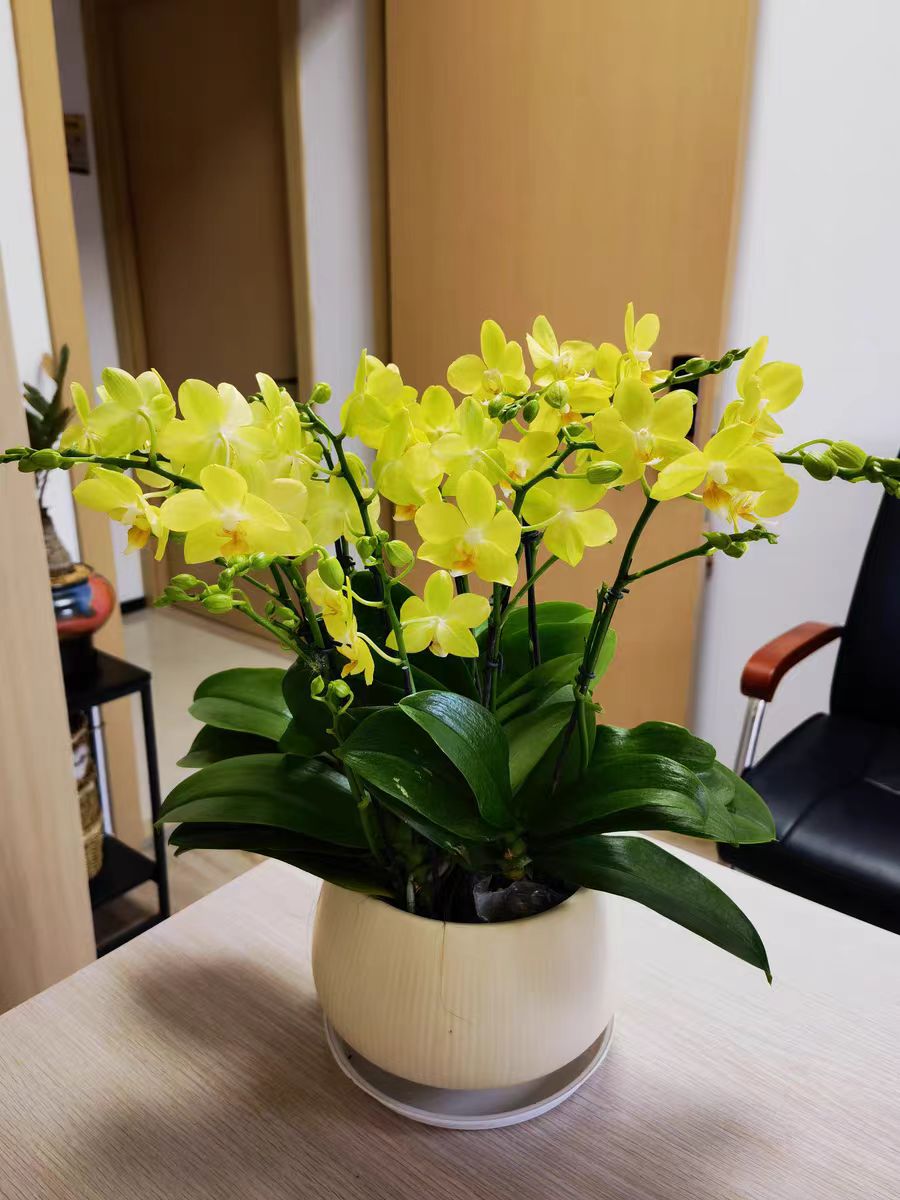In the process of flower maintenance, hydrating flowers is a crucial link. Proper hydration can make fresh flowers bloom and extend their ornamental lifespan. So, how long should flower hydration not exceed at most? What are the differences between hydrating flowers and not hydrating them?
The main purpose of hydrating flowers is to replenish water and restore vitality to fresh flowers that lack water after transportation. The time for hydrating flowers varies depending on the type of flower, its condition, and the length of transportation. Generally, it is 4 to 8 hours. For delicate flowers such as tulips and lilies, the time can be appropriately shortened. For water-tolerant flowers such as roses and carnations, the time can be slightly extended but should not exceed 12 hours at most. If the hydration time is too long, fresh flowers may have problems such as petal rupture and flower decay due to excessive water absorption.
Differences between hydrating flowers and not hydrating them:
1. Appearance
Hydrated flowers: The flowers are full, the petals are stretched, the colors are vivid, and the branches and leaves are upright. Hydrated flowers look vibrant and full of vitality.
Unhydrated flowers: The flowers may appear wilted and dehydrated, the petals are wrinkled, the colors are dull, and the branches and leaves are drooping. Unhydrated flowers are in poor overall condition and lack vitality.
2. Lifespan
Hydrated flowers: Due to timely replenishment of water and restoration of vitality, their lifespan is relatively long. With proper maintenance, they can maintain ornamental value for a long time.
Unhydrated flowers: Since they have not been hydrated, they lack sufficient water and are prone to withering and fading. Unhydrated flowers have a short lifespan and often lose their ornamental value quickly.
3. Difficulty of maintenance
Hydrated flowers: After hydration, the flowers have recovered to a better state, and subsequent maintenance is relatively easier. As long as watering, fertilizing, pruning and other maintenance work is carried out correctly, the flowers can be kept in good condition.
Unhydrated flowers: Unhydrated flowers are in poor condition themselves, and maintenance is more difficult. More careful care is needed, timely replenishment of water, and adjustment of environmental conditions to gradually restore the vitality of the flowers.
In conclusion, hydrating flowers is extremely important for flower maintenance. Through correct hydration treatment, flowers can bloom for a longer time.
The difference between hydrating flowers and not hydrating flowers.

Share with
Tagged in :




Leave a Reply